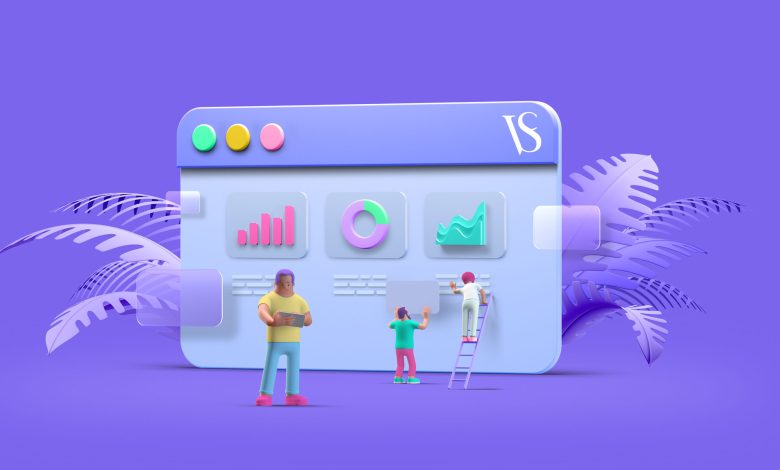
Building a website is more than just coding and content; it’s about creating a user interface (UI) that offers an intuitive and engaging experience. A well-designed UI can significantly enhance user satisfaction, retention, and overall success of your website. Here’s a comprehensive guide to creating the right UI for your website.
Understanding the Basics of UI Design
UI design focuses on the look and feel of a website, ensuring it is visually appealing and easy to navigate. It encompasses layout, colour schemes, typography, and interactive elements. The goal is to create a seamless experience that guides users through the website effortlessly.
Key Principles of Effective UI Design
1. Simplicity
Simplicity is the cornerstone of good UI design. A cluttered interface can overwhelm users and obscure important information. Keep designs clean and focused, using white space effectively to make elements stand out. Every component should serve a purpose.
2. Consistency
Consistency in UI design means maintaining uniformity in fonts, colours, and element styles across all pages. This helps users become familiar with the interface and predict how things will behave, reducing the learning curve.
3. Accessibility
Designing for accessibility ensures that your website is usable by everyone, including people with disabilities. Use high contrast colours for text, provide alt text for images, and ensure that the site is navigable with a keyboard.
4. Feedback
Interactive elements should provide feedback to let users know their actions have been acknowledged. This could be in the form of button animations, changes in colour, or messages indicating success or error.
Steps to Create the Right UI
1. Research and Planning
Understand your target audience and their needs. Conduct user research through surveys, interviews, and usability testing. Define the key functionalities your website needs and prioritize them based on user requirements.
2. Wireframing
Create wireframes to plan the layout and structure of your website. Wireframes are simple, black-and-white layouts that outline the placement of elements on each page. They help in visualizing the basic structure and flow without getting distracted by design details.
3. Prototyping
Develop high-fidelity prototypes that incorporate design elements like colours, typography, and images. Use tools like Figma, Sketch, or Adobe XD to create interactive prototypes that simulate the final product. This stage allows for testing and refinement before actual development begins.
4. Design Systems
Establish a design system to ensure consistency across the website. A design system is a collection of reusable components and guidelines that help maintain uniformity in design. It includes a style guide for colors, fonts, and UI components.
5. User Testing
Conduct usability testing with real users to gather feedback on the design. Observe how users interact with the prototype and identify pain points or areas of confusion. Use this feedback to iterate and improve the design.
Best Practices for UI Design
- Responsive Design: Ensure your website is responsive and looks great on all devices, including desktops, tablets, and smartphones.
- Visual Hierarchy: Use size, colour, and placement to create a visual hierarchy, guiding users to the most important elements first.
- Intuitive Navigation: Design a clear and straightforward navigation structure. Use familiar icons and labels to help users find what they’re looking for quickly.
- Loading Speed: Optimize images and code to ensure fast loading times. A slow website can frustrate users and lead to high bounce rates.
- Micro interactions: Incorporate subtle animations and micro interactions to enhance the user experience. These can make the interface feel more dynamic and responsive.
Creating the right UI for your website requires a deep understanding of your users, thoughtful planning, and a commitment to iterative improvement. By adhering to key design principles and best practices, you can build a website that is not only visually appealing but also intuitive and accessible. Remember, a great UI can significantly enhance the overall user experience, driving engagement and achieving your website’s goals.





